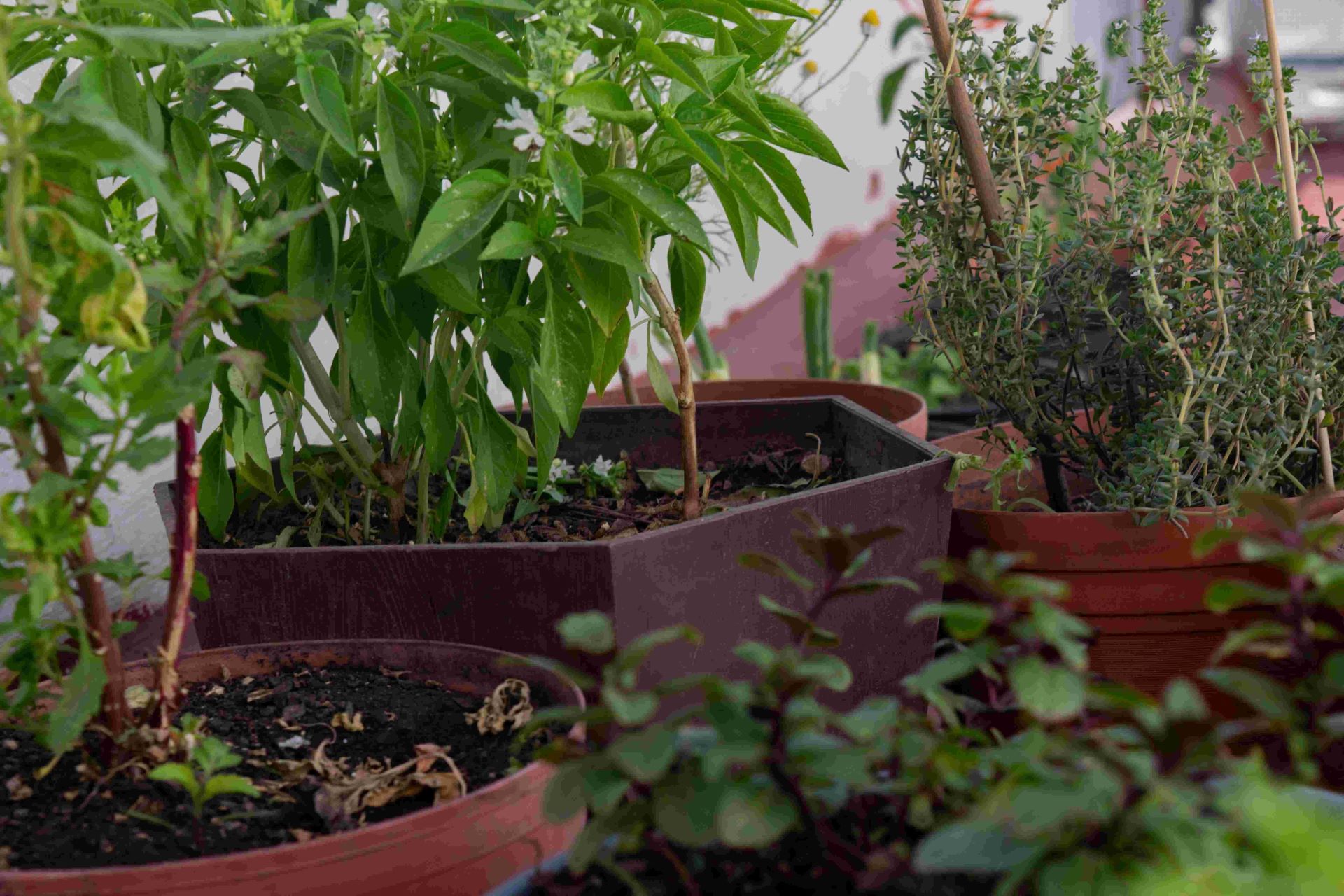World society is more aware of climate change and its threat. Many consumers are becoming more eco-conscious. The technological advancements influenced available information and credible sources regarding the environmental threat of climate change and pollution.
Sustainability experienced an upward trend based on recent studies. According to BusinessWire, studies have shown that 85% of consumers are becoming “greener“ with their purchasing decision. Many consumers are in favor of eco-friendly products. We dedicate our contribution to saving Mother Earth. With this herd behavior, then we can claim that the world is healing.
The attempt of composting at our homes is simple yet consists of massive environmental impact in decreasing our carbon footprint. Composting has a lot of benefits for your home gardening. You will grow healthier plants and you will also reduce food waste. Isn’t it wonderful that you are lessening pollution while enhancing the quality of your garden plants?
Is It Easy to Practice DIY Composting at Home in a House and Lot in Bacoor Cavite:
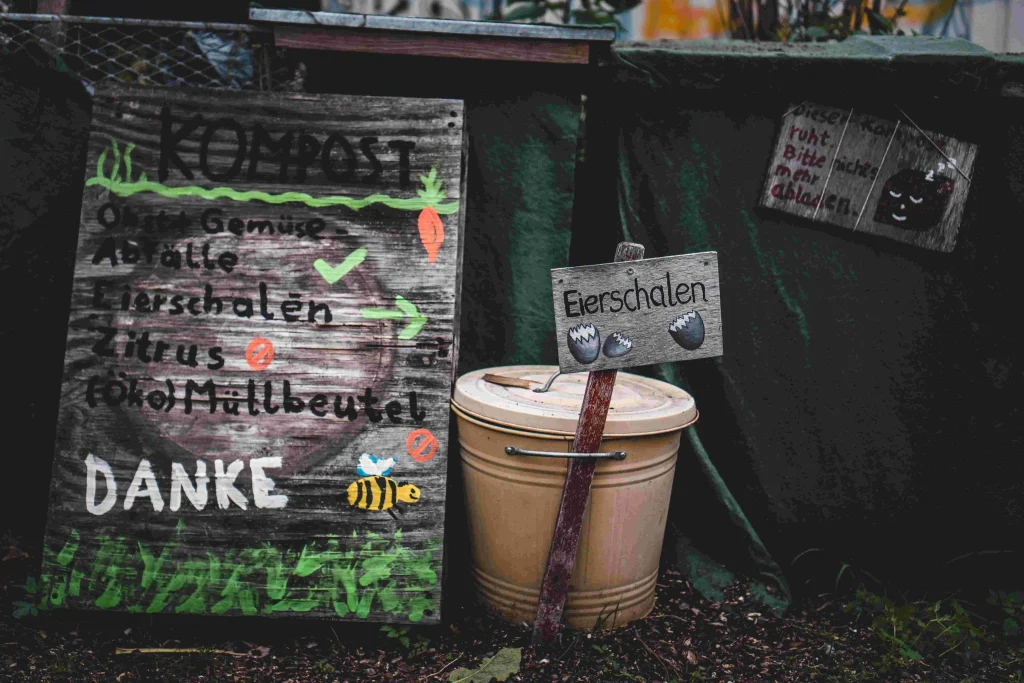
Frankly, there is a gray area in answering this question. Yes, we can quickly adapt DIY home composting. But this also requires a major commitment. Being eco-friendly is high maintenance. Can you guarantee that this will be part of your daily routine?
Picture this, as environmentally aware individuals, we all strive for the future of our planet. We think ahead and we’re concerned with the future generation. Our generation is responsible for protecting our environment for the next generation. We all want them to have more breathable and sustainable homes.
You will need to gather your natural resources
These are the materials you need to collect to start your DIY composting at your house and lot in Bacoor, Cavite.
- Drilled Deep Bucket
- Shallow Bucket
- Gloves
- Masks
- Garden Soil – removes odor and speeds up the decomposing process.
- Wood fiber
- Shredded paper or paper towels
- Egg Shells – calcium carbonate helps your decomposing to develop strong cellular
- Dry Leaves
- Banana Peel – rich in potassium and nitrogen
- Green Food scraps
- Plastic Bags or Plastic Wrap
How to DIY Composting at Home?
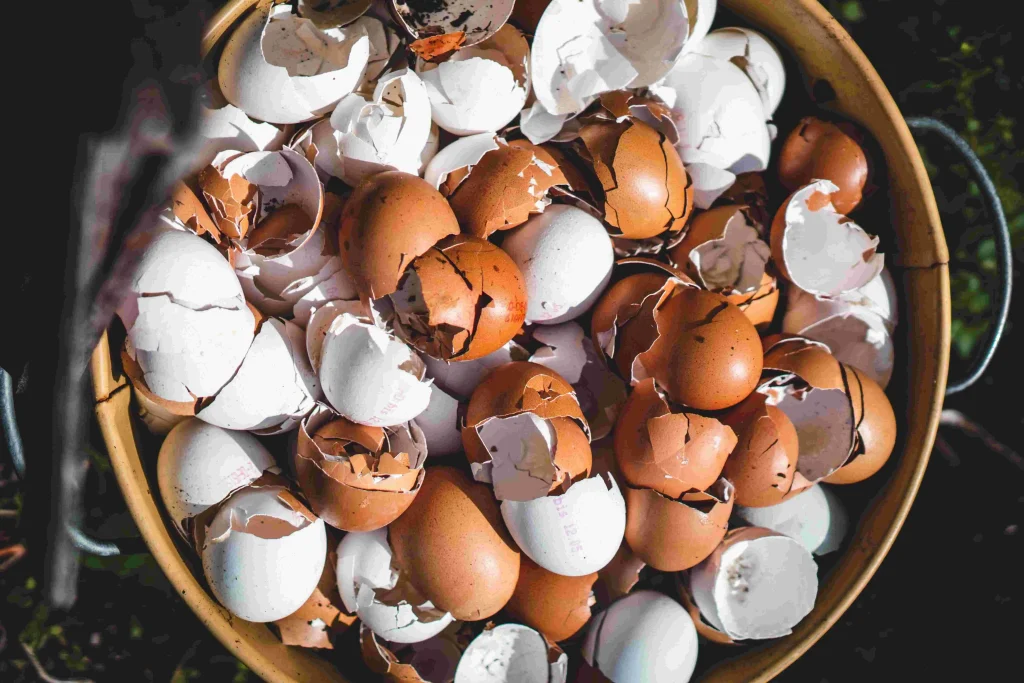
Composting refers to the process of recycling organic materials such as food waste, withered leaves, and animal manure and turning them into fertilizers that can improve the quality of the soil. With proper food waste collection and recycling, we can create an impact to improve our planet’s welfare. And doing this in your own home gardening will indeed reduce indoor air pollution.
With these following simple steps, you can produce your own organic fertilizer, grow healthier plants, and save the planet.
- The first step is to gather all of the organic materials needed. While collecting all organic sustainable materials, you can store and gather them separately through bulk bins.
- Now that you are ready, you might need to make holes in your buckets. You don’t have to head to grocery stores to buy a new one. In order to avoid drilling, you should use your own container, preferably the damaged one. Your broken containers are recyclable and still functional, so don’t throw them away.
- Make sure your reusable container can hold all the sustainable materials. The water in your decomposition will be filtered through the holes.
- To speed up the decomposition process, Shred your materials into smaller pieces since larger components will take longer to dissolve.
- In order to replicate the appropriate bacteria required, layer the bucket with your mixture to a depth of one inch.
- Add green kitchen waste since it decomposes more quickly and repels bugs.
- Layer Banana Peels. They are materials with a high nitrogen content, which will cause your composting process to heat up. The heat flow of your breakdown depends on banana peels. Banana peels are crucial for your decomposition’s heat flow
- Put your eggshells
- Next, add your mixture of wood shreds, paper, and coffee grounds to the layer
- Continue the pattern process until your bucket is completely filled.
- To speed up the decomposition process, flatten the mixture with your hands so that it is all in contact with one another.
- Put the shallow bucket underneath.
- On top of your decomposing mixture, pour some water.
- All you need to do now that your mixture is ready is wait and keep it in the sunshine.
- Check your mixture and the water that has drained into the small bucket after a day.
- Reuse the water by pouring it on top of the mixture again as this water is concentrated and rich in good bacteria.
- When the compost becomes dry, add extra water, and stir it frequently. Make sure it doesn’t become too wet or hold moisture after that.
- To introduce oxygen into your mixture, turn and stir from below your decomposition. Then, wrap with dry leaves to keep the moisture in.
- Continue doing this for two to three months.
After 2-3 months, your fertilizer is ready! It feels so good to contribute to the environment and create less waste! You are ready to put the fertilizer in your plants. Of course, you will have excess and you can store it inside a plastic bag and keep it away from the sun to retain moisture.
What Are Other Things We Can Do to Sustain the Planet Earth?
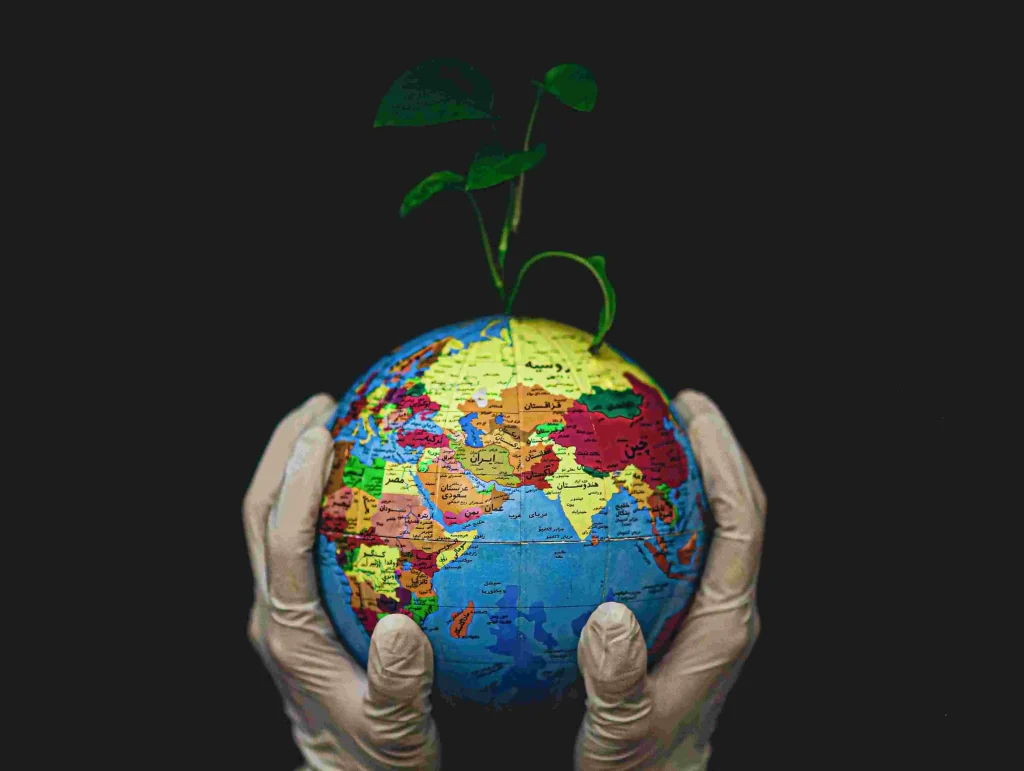
C0mposting is one of the many effective ways of practicing sustainable living. Yes, this is a long-term commitment, but turning this into a habit will influence your family in the long run. Influencing your kids or younger relatives to become eco-friendly, will secure their future.
Use recycled materials
Plastic bottles from soft drinks are reusable containers! Use your creativity and you can turn them into anything functional. You can use them as plant pots, some use plastic bottles as Christmas ornaments. Others use the containers as piggy banks!
The majority of sustainable house owners use plastic bottles as plant pots. It sure is nice to collect natural and recycled materials simultaneously.
Turn your home into a Passive House and become wiser with energy use
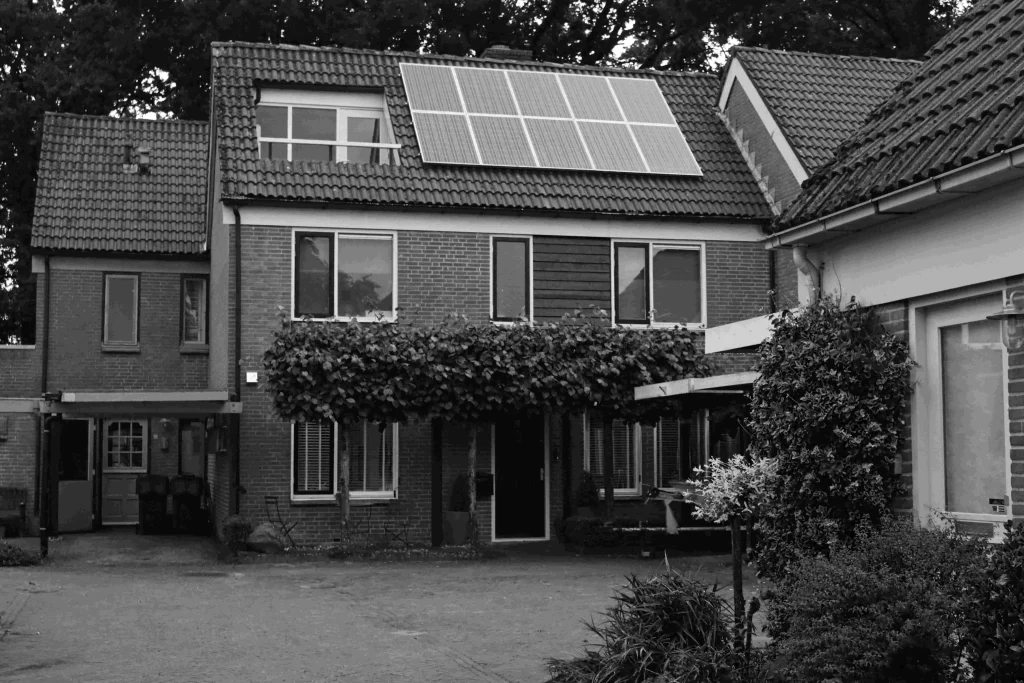
People must prioritize energy-saving methods, and switching to an energy-efficient lifestyle sure is no easy transition. However, we can contribute to the environment little by little.
Transforming your home architecture into a passive house guarantees comfort and affordability. A passive house only uses one-tenth of the building’s energy consumption. The aim of passive houses is the reduction of the building’s ecological footprint. A passive house is ideal in terms of its affordability yet energy efficiency as the building’s construction concept allows the natural insulation and ventilation to pass through your house and lot in Bacoor, Cavite. Hence, less energy consumption means less cost on your energy bill.
It is a good time to invest in a smart home. Yeah, you heard it correctly. A smart home. Turn your house into an interactive residence for your family. It sure guarantees an eco-friendly yet extravagant lifestyle. Check out Crown Asia’s Vita Toscana Smart home feature! Located at Bacoor Cavite, the Italian exclusive lifestyle is a pro for saving the environment with its smart model. The smart house will automatically unplug all of your charging devices once they are fully charged. It will also adjust the room temperature to moderate for the weather as well as adjust the light settings.
You can lessen your energy usage and turn your houses into sustainable homes by:
Keep your Windows and Doors open
By keeping your windows and doors open, you allow the air to circulate the ventilation and reduce your air conditioner consumption. This contributes to heat loss.
Natural air is healthier for you and your family. But for safety reasons, we don’t want potential burglars to just easily trespass our homes. You can install screens with locks to ensure your family’s safety.
Taking advantage of natural light
This is an effective method with energy saving and reduces your energy costs. Saving energy will also save money as more energy consumption is harmful to your finances. As long as you keep your windows and doors open, you can enjoy the natural light during the daytime!
Use LED light bulbs.
We always hear the phrase “Save Energy” But sometimes some energy-saving habits can do more harm than good. For example, using candles as a source of light at home rather than lightbulbs to reduce electricity bills. It has some drawbacks as the alternative is more prone to fire hazards.
Install Renewable Energy Sources: solar panels or photovoltaic panels for Energy Efficiency
Solar panels use the sun’s energy to produce electricity. This renewable energy source is the safest and most sustainable source of energy. Using wind power can store enough renewable energy since wind is available 24/7, unlike sunlight. But the downside to installing windmills can be harmful to migrating birds. Installing solar panels can be expensive at first but it is a valuable investment. Not just with your electricity bill, but for the environment’s sake too! It guarantees that you will save money in the long run.
Besides, when you use panels, you are slowly turning your house into zero carbon home. Isn’t it nice to be part of the zero-carbon homes club?
Eat Organic food
Switching to organic food you can buy in supermarkets will reduce your carbon footprint. If you want to invest in your family’s health and longevity, organic food delivers a promising result.
Your sustainable home is safe for the environmental footprint and your family’s health, safety, and future. Plus, sustainable living boosts your creativity and flexibility. What are you waiting for? Switch to a green lifestyle now!
Related Blog: What Can We Do to Address Climate Change and What Big Companies Do to Take Part?


